By Peter Henshaw: Edited by Paul d’Orléans
Street scrambler – lovely name, isn’t it? Evoking images of a rugged machine to thread between rows of snarled traffic, bunny hop off over gridlock and power up the nearest set of steps to park – cool as you like – in front of the office. The street scrambler’s prime time was the late 1960s and early ‘70s, when motorcycles were selling a movie-fed dream. Films like The Great Escape and On Any Sunday hinted that bikes could leap their way to freedom, and that an endless summer of dirt paths and desert dunes with movie stars were yours for the price of a motorcycle.
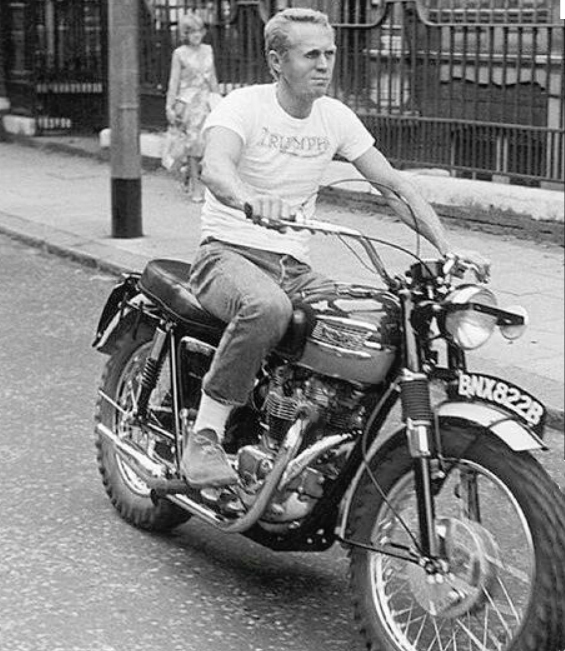
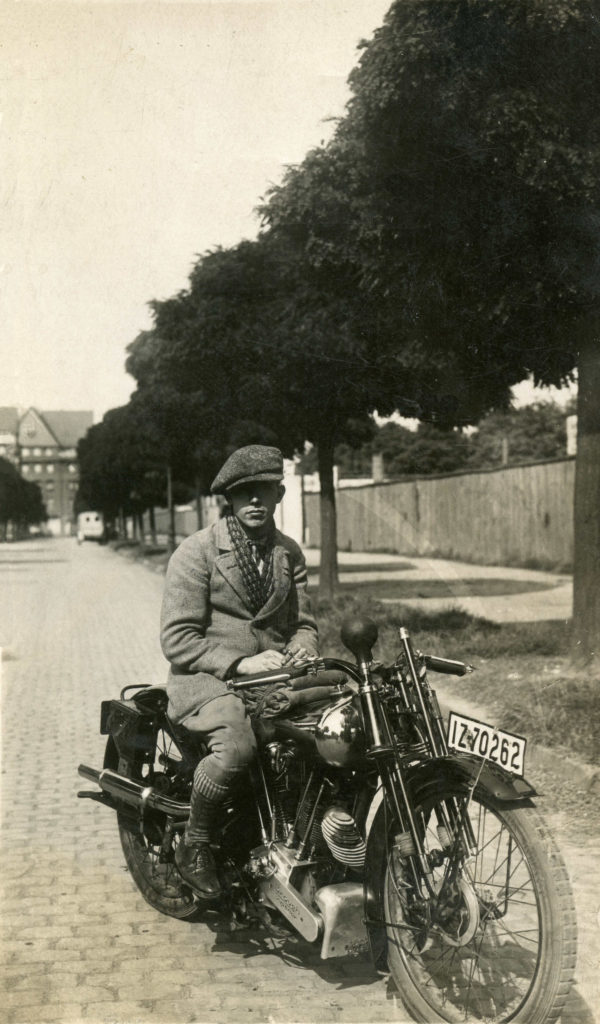
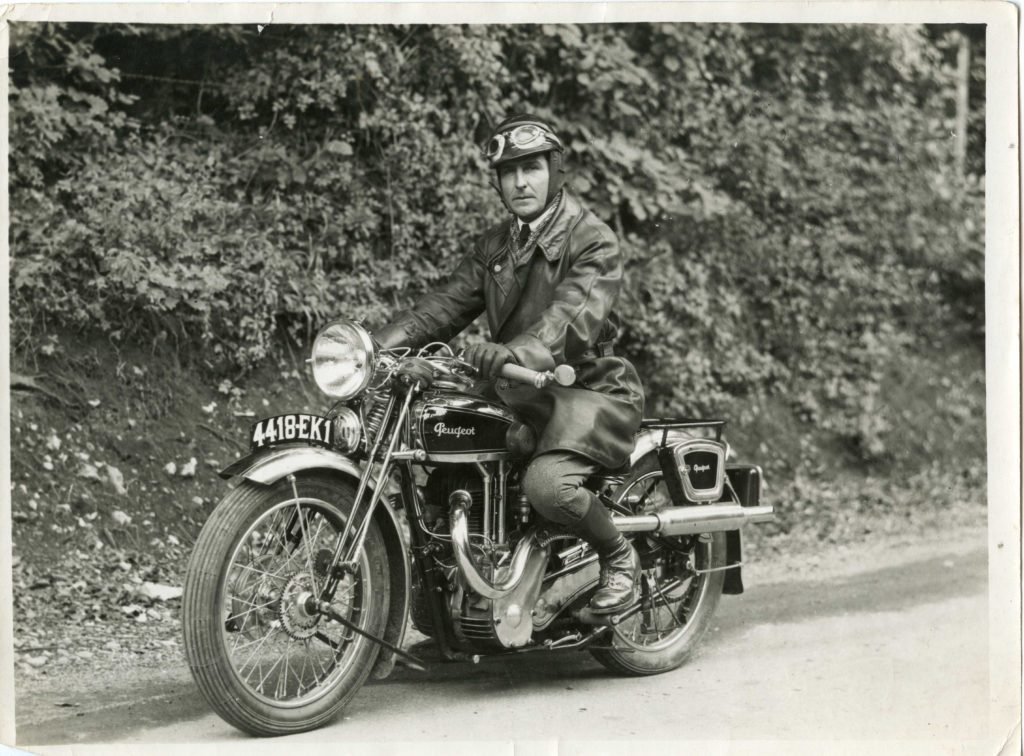

To find the origins of the street scrambler we have to rewind nearly 100 years, to pre-war Britain. As early as the late 1920s, British and European factories offered high-pipe ‘sports’ or ‘competition’ models that could be ridden off road, that were equipped with trials tyres, slender mudguards, smaller tanks and small headlamps. When Edward Turner revamped Triumph’s singles (originally designed by Val Page) in the mid-1930s, he added high pipes to the Tiger 70, 80 and 90. Together with a good dash of chrome and flashy paint, he established a look that Meriden would draw on for another 40 years… and Hinckley Triumph styling does to this day. Turner’s gorgeous lines were inspired by English trials bikes, singles that were small and lightweight, and the contemporary Clubman style of mixed-competition machines. Street scramblers I would argue came from adaptation for American competition – desert racing in the West, enduros in the East.
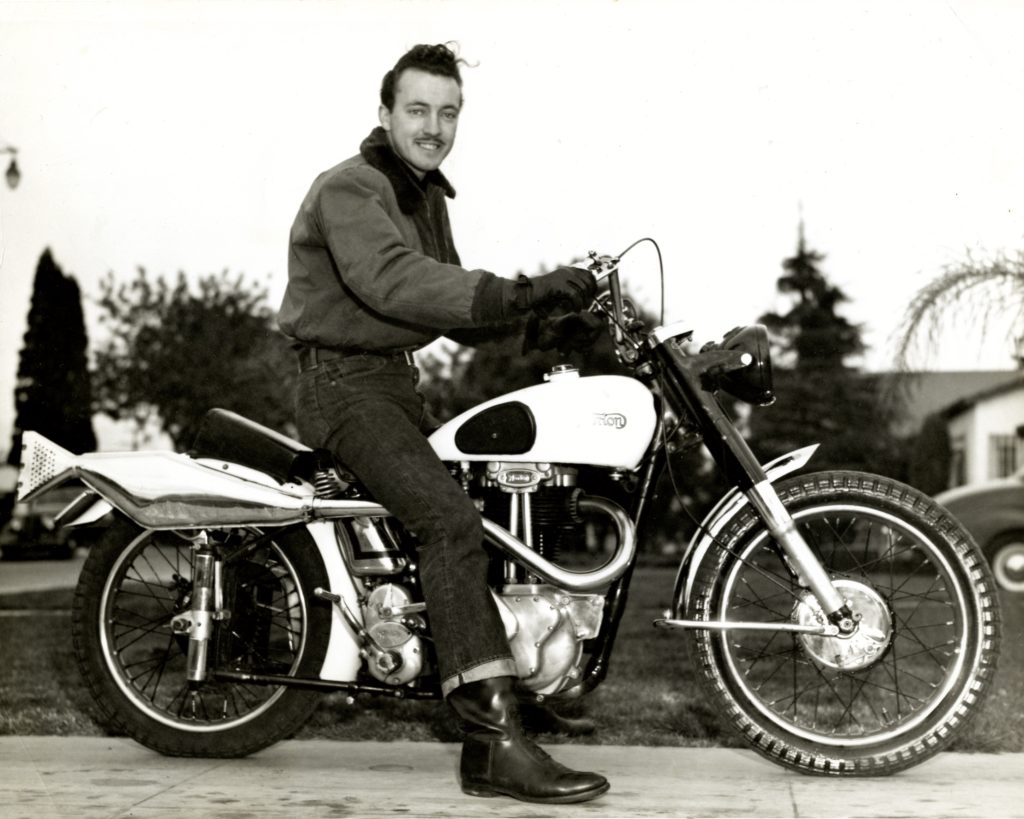

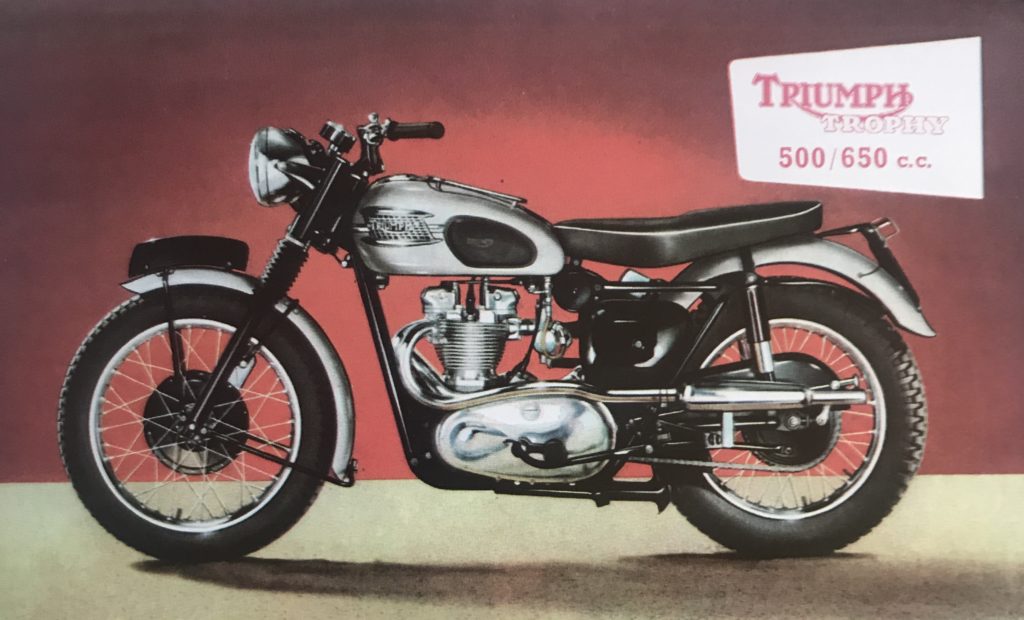
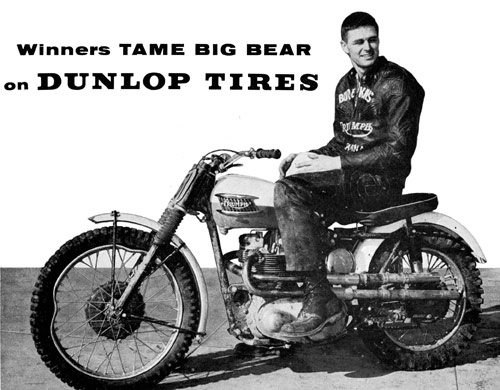
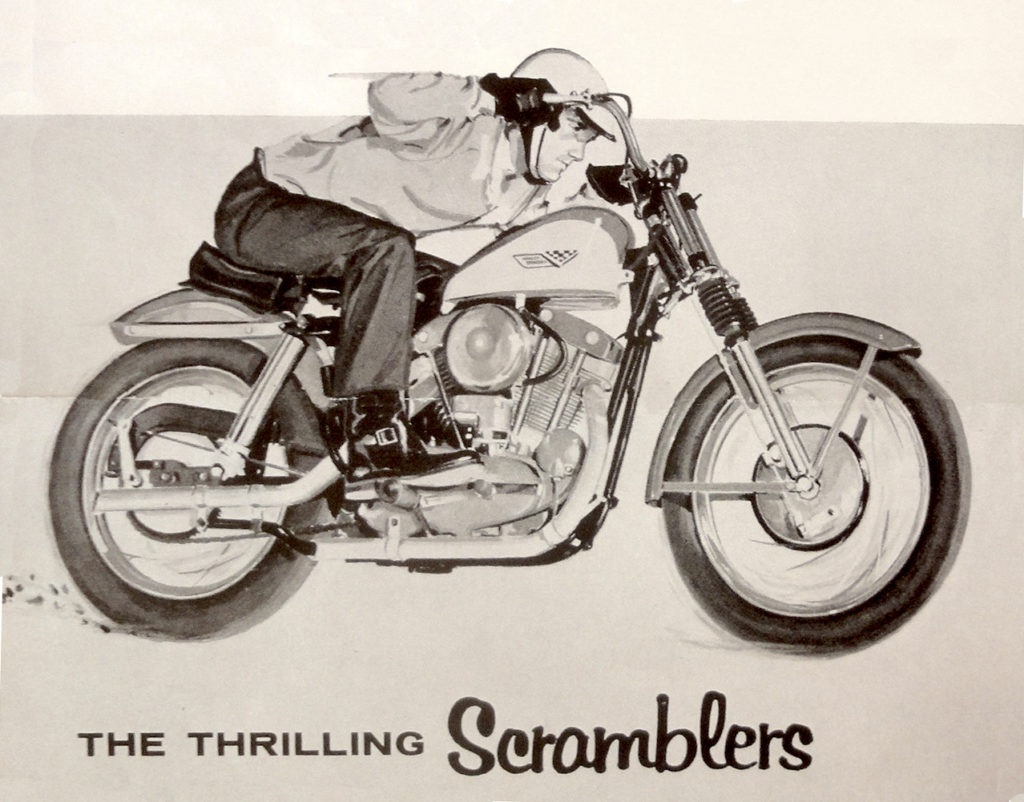
Scramble the Bonneville
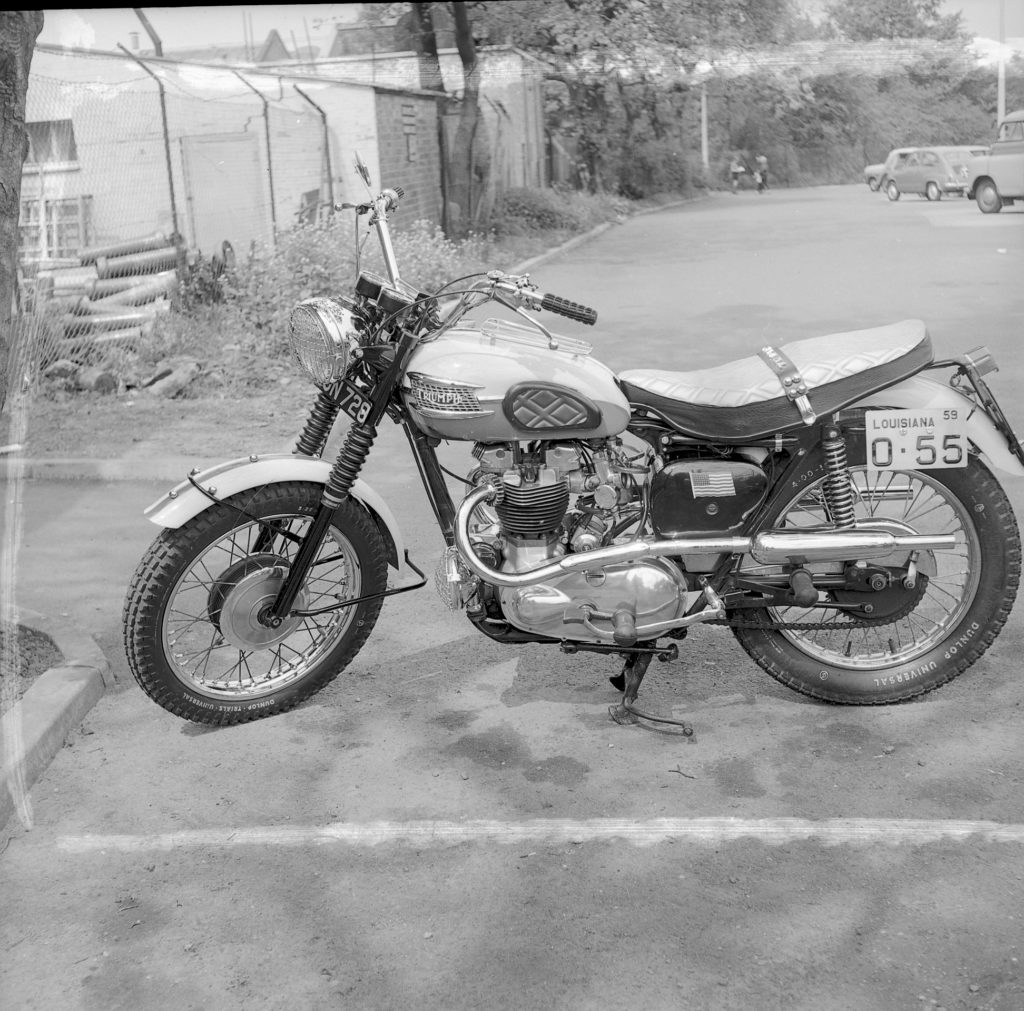
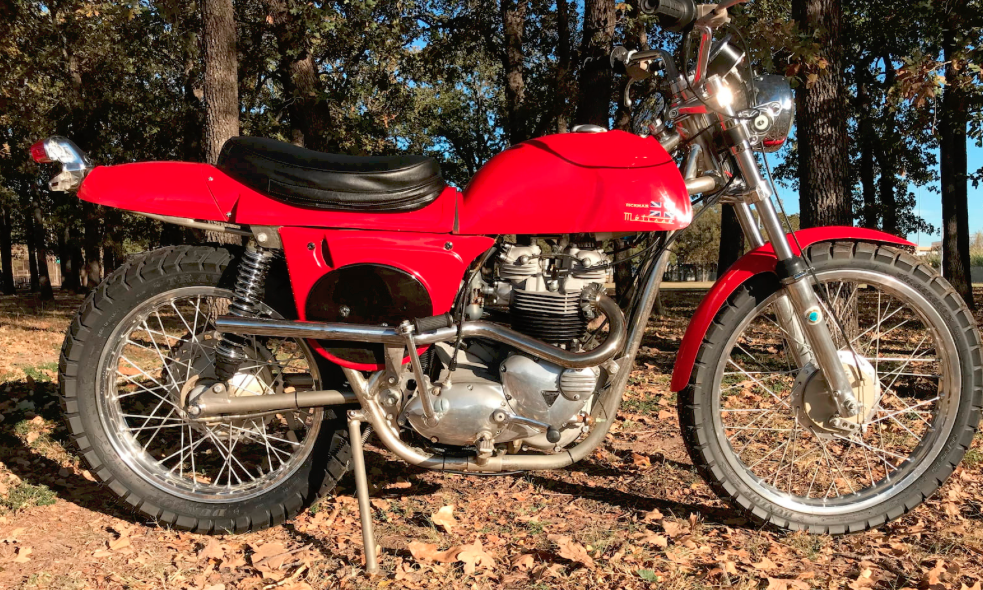
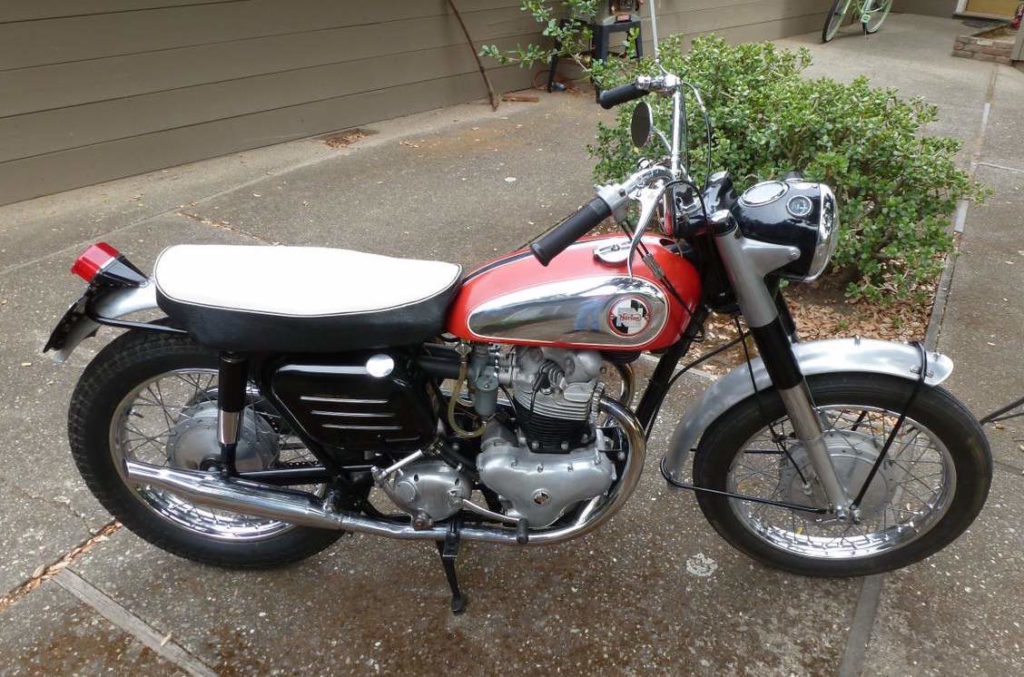
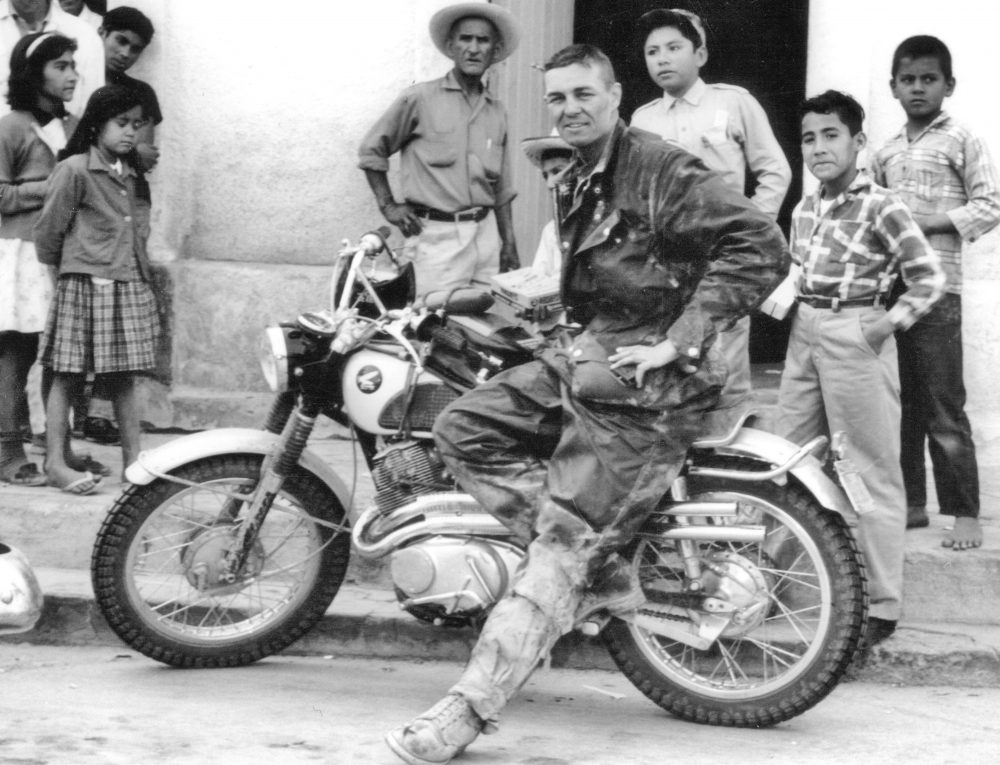

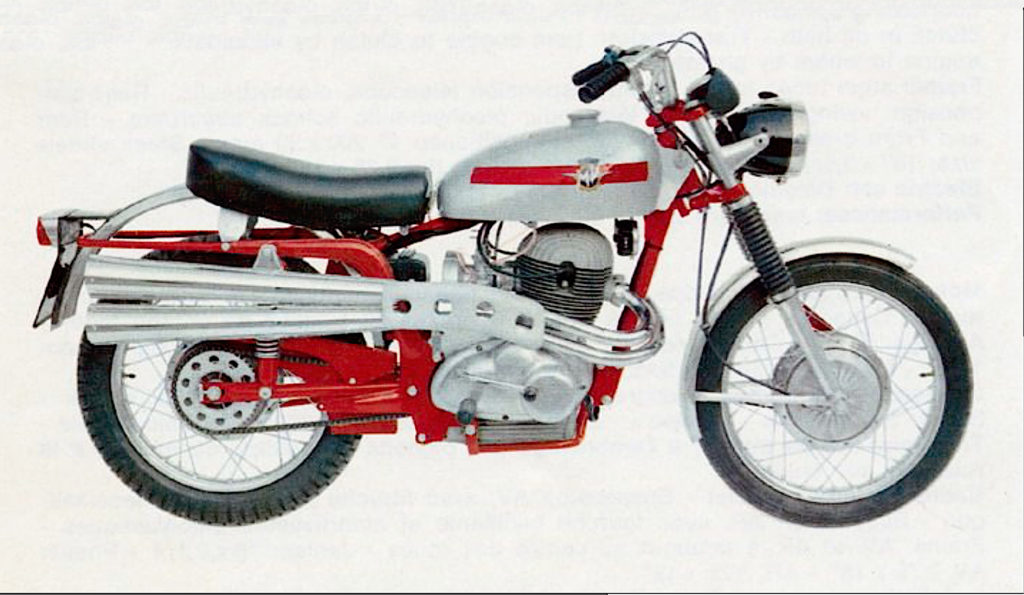
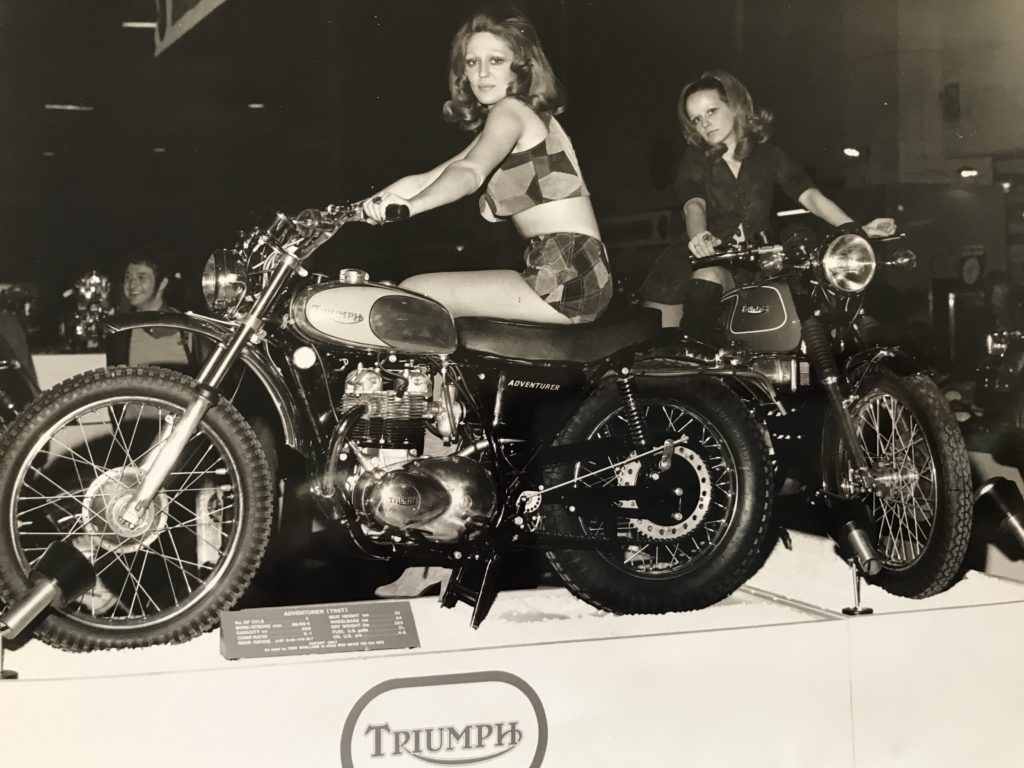
They’re Back!
As with just about every other aesthetic trend of the 1960s and ’70s, street scramblers have come back. The first signs of the revival appeared in the early 2000s, with new takes on street scramblers being one important facet of the booming independent custom scene, or ‘alt-custom’ scene, made famous at Wheels&Waves, the Handbuilt Show, and the Vintagent’s own ‘Custom Revolution’ exhibit at the Petersen Museum. For a new generation, the big factories built boring motorcycles, and were too deeply up their own behinds in designing only ever-faster sportsbikes, fugly cruisers, and middle-aged tourers, each covered in all-plastic-everything. In a world of ever-busier and more restricted roads, the priorities of motorcycling were edging away from hyper-performance that no one could use, to making a personalized aesthetic statement. Street scramblers became an important part of a customer-led revolution in motorcycle culture, as customizers transformed totally unsuitable street bikes into knobby-tired, fenderless, high-pipe faux-enduros.
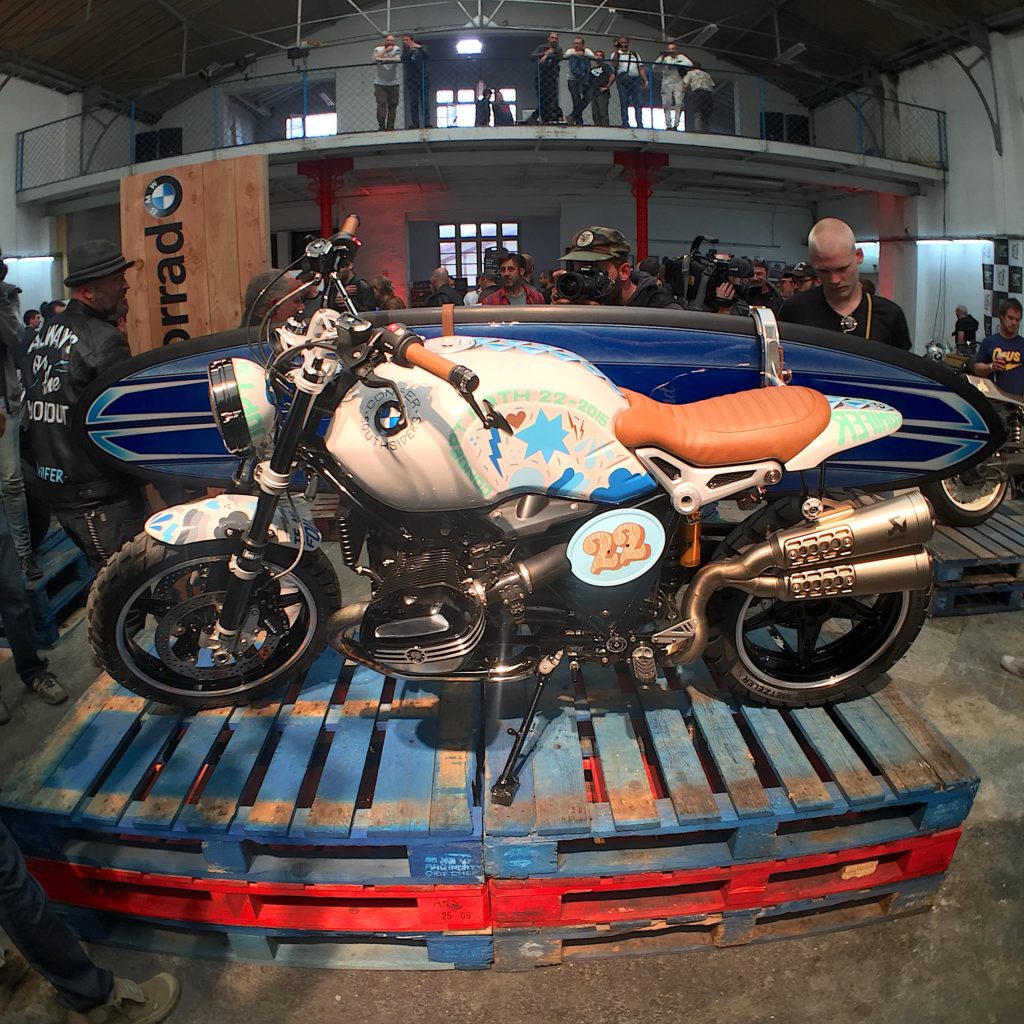
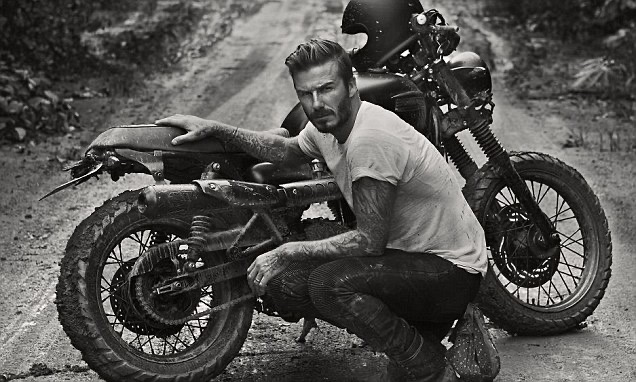
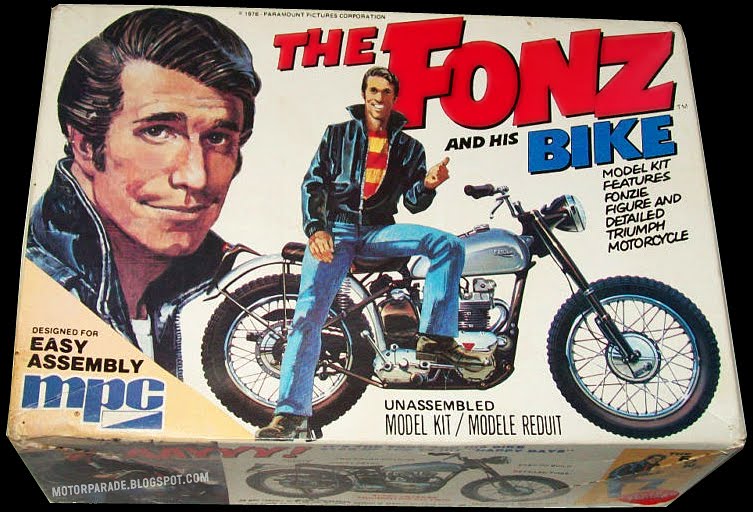
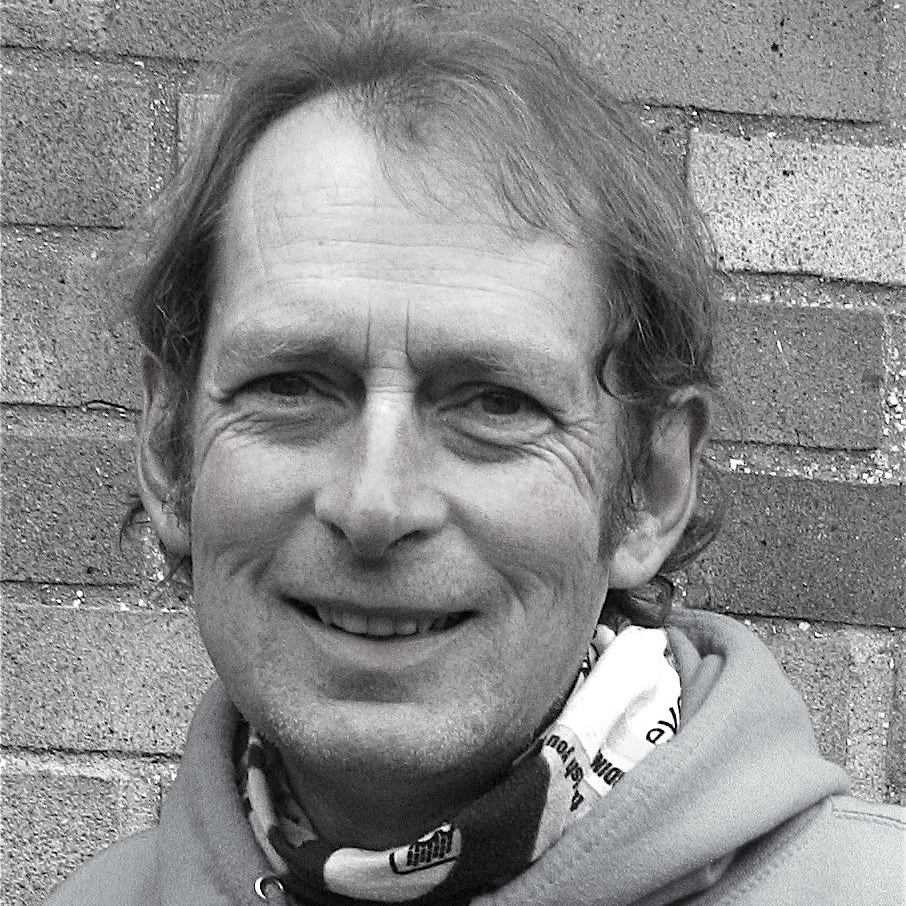
Related Posts
May 25, 2018
American Racer Portraits: 1927-33
October 29, 2017
The Vintagent Selects: 6th Street Racing – Daytona
Travel along with the 6th Street Racing…
October 3, 2017
The Vintagent Selects: Falcon Kestrel – Desert Ride
In 2010, Falcon Motorcycles revealed…

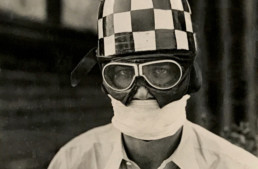

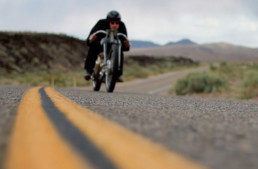
Nice overview of the main branches of the Street Scrambler family tree, needing but a few tweaks to satisfy the Triumph geeks among us Vintagent freaks:
The original TR6 ‘Trophybird’ used the Tiger 110 engine, rather than the more sedate Thunderbird. Its front wheel measured 19 inches, not 20 in. Regarding the 1960s Bonneville Scrambler, its factory designation was T120C — no ‘S’ in there. The ‘works’ TR5Ts (eight of them built at Triumph’s Duarte, Calif., HQ) earned a Silver Medal (not Gold) for Triumph in the 1973 ISDT, not 1972. And the BSA Firebird was based on the twin-carb Lightning, rather than the single-carb Thunderbolt.
Thanks Lindsay, tweaks noted and repaired!
It’s amazing in this era of revisionist definitions and reality that even this who know better ( like Ducati … the 250 Scrambler shown ) is misusing /abusing the moniker …. ‘ scrambler ‘ ( that aint no freakin scrambler … that’s an enduro Ducati !!!! ) along with the majority of snowflake custom builders and suburban / urban / hipster custom builder wanna be’s
So pay attention children …. READ the above article ( ignoring the Ducati 250 )
THIS … is what ‘scramblers ‘ are all about ….. 😎
That “Ducati 250 Enduro” is actually a 450 R/T….(look it up)
This history lesson gives me a silent, peaceful smile. Loved it! Loved to learn who was that jumper from The Great Escape, and loved to learn that old motorcycles are still the truest ones: no bull, just machine at a humans command, for triumph and torment, whatever comes down the road. Cheers for a great piece, matched with perfect grammar!